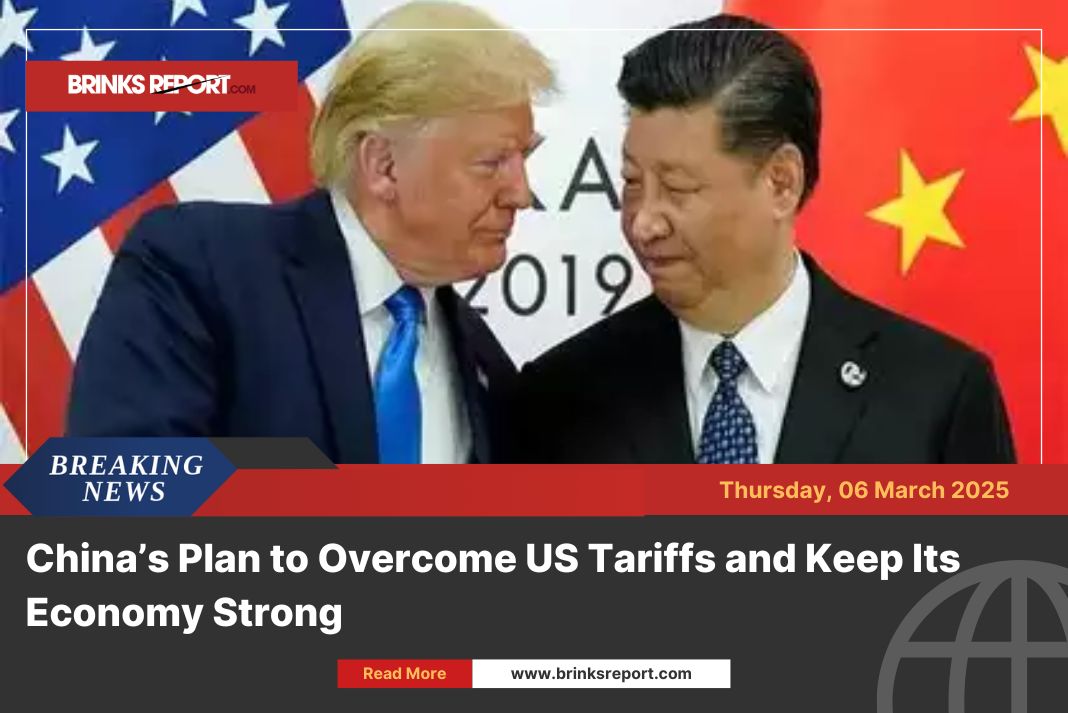
India’s Economic Boom: A Story of Growth and Ambition
India’s economy is capturing global attention—and for good reason. In the past decade, India’s GDP has more than doubled, soaring from $2.1 trillion in 2015 to $4.3 trillion in 2025, reflecting an impressive 105% growth. But this growth isn’t just about numbers; it highlights India’s relentless push for innovation, reforms, and progress.
Today, India proudly holds the position of the world’s fifth-largest economy, and experts predict that it’s on track to surpass Japan and secure the fourth spot soon. But what’s driving this remarkable economic ascent? And what lies ahead for this emerging powerhouse? Let’s explore.

What’s Driving India’s Economic Surge?
India’s economic success is no accident. It’s the result of strategic reforms and the growth of key sectors that have transformed the nation into a global powerhouse.
- The IT and Services Boom:
India’s IT sector has been a global leader for years. Companies like TCS, Infosys, and Wipro have expanded their reach worldwide, contributing significantly to the economy. With the rise of digital transformation, demand for Indian IT expertise has skyrocketed, making this sector a major growth driver. - Manufacturing Takes Center Stage:
The government’s “Make in India” and “Aatmanirbhar Bharat” initiatives have revitalized the manufacturing sector. Industries like pharmaceuticals, automotive, and renewable energy have seen massive growth. Global giants like Apple and Tesla are now setting up manufacturing units in India, boosting both jobs and exports. - The Digital Revolution:
India’s digital transformation has been nothing short of revolutionary. Startups, fintech innovations, and e-commerce platforms have created millions of jobs and attracted foreign investments. The Unified Payments Interface (UPI) has transformed how Indians transact, making it one of the fastest-growing digital payment systems in the world. - Infrastructure Development:
The government’s focus on building highways, railways, airports, and ports has streamlined trade and boosted economic activity. Projects like the Delhi-Mumbai Expressway and dedicated freight corridors are improving connectivity and efficiency across the country.
Also Read: China’s Manufacturing Monopoly: Can India Break Free or Stay Boxed Out?
Challenges on the Path to Growth
While India’s growth story is impressive, it’s not without hurdles. To sustain this momentum, the country must address:
- Income Inequality and Unemployment: Despite rapid growth, income gaps remain wide. Creating more jobs, especially in the formal sector, is crucial to ensuring inclusive growth.
- Rural-Urban Infrastructure Divide: While urban areas have seen significant development, rural infrastructure still lags behind. Bridging this gap is essential for balanced growth.
- Global Economic Pressures: External factors like inflation, geopolitical tensions, and slowing global growth could impact India’s export-driven sectors.
What’s Next for India?
The future looks bright for India. With a young, tech-savvy population and a government committed to reforms, the country is on track to become the world’s third-largest economy by 2030, surpassing Germany and Japan.
India’s journey is a testament to its resilience and ambition. As the nation continues to rise, the world watches with anticipation. Stay tuned for the next part of this series, where we’ll explore the sectors shaping India’s future and the challenges ahead.
Also Read: PLI Extension Urged: Will It Help India Dominate the Global MMF Market?












